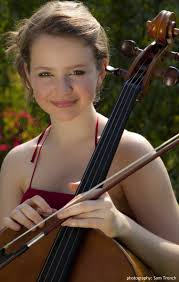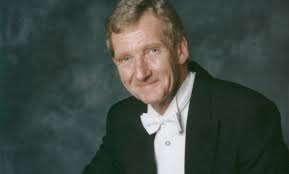 White Rock Theatre, 30 October 2013
White Rock Theatre, 30 October 2013
Guys & Dolls has been a success since it first opened in 1950, and numerous professional productions, not least Richard Eyre’s oft revived National Theatre version, make it a particular challenge for any amateur company. That the Hastleons were able to provide a largely entertaining and enjoyable evening was a tribute to all concerned.
Maintaining a convincing American accent is far more difficult than it may appear, even given our over-familiarity with Americanisms via television and film. Andrew Pilcher was possibly the most convincing here, giving us a highly credible Nicely-Nicely who blossomed superbly for Sit down you’re rocking the boat and was never less than subtly convincing. Rick Baker and Kellie Kelly as Nathan and Adelaide made a strong impact when on stage and sparked well off each other. Her ability to create a rounded character as well as the extrovert entertainer at the Hot Box was impressive.
Kenny Giles sang well as Sky but on the first night was not as relaxed as he might have been. This may equally apply to Robyn Nash as Sarah Brown. While her acting and spoken dialogue carried well and convincingly – particularly in Havana – her singing was tight and often shrill. The amplification may have been at fault here, for there were times she seems more relaxed and the voice was more on centre. Her duet with Adelaide in the final moments of the score – Marry the Man with its Sondheim-like overtones – was the best thing she did.
There are a large number of smaller parts which make heavy demands on a small company, and they were lucky to have Leslie Adams for Arvide’s single but very important solo. The dancers obviously enjoyed themselves and created a sense of a society at ease with itself.
David Sismore’s production moved smoothly and balance between stage and Clare Adams musicians in the pit was always good. The set worked well with smooth changes, though the upper level was rarely used. Lighting was never problematic but the front spots were often too high for the mens’ hats, putting faces into deep shadow. As with many musicals, the set numbers are the key to success and these were all well staged. However some of the spoken dialogue could easily have been trimmed, particularly if there had been any indication in the programme of the story line or history of the work itself. BH
The next Hastleon production will be Our House 14 – 17 May 2014. Details from Liz Miller 07518 739026 lizmillerhastleons@hotmail.co.uk















